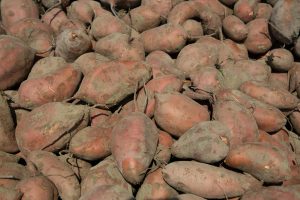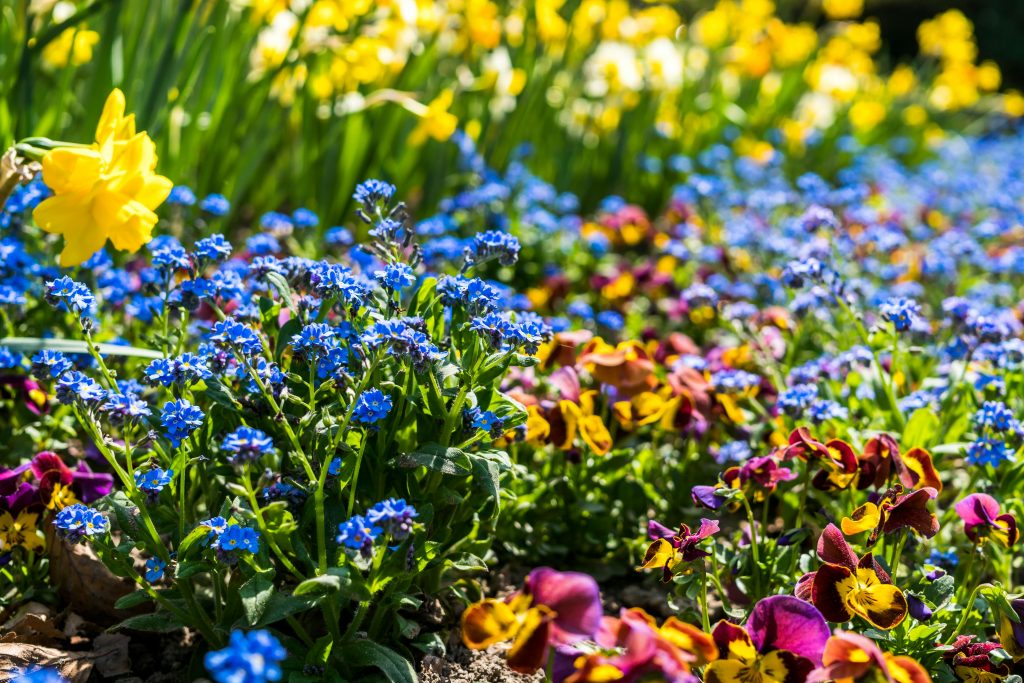
Gypsum for Root Crops: Preventing Cracking and Improving Shape
Root crops are among the most reliable and versatile vegetables grown in fall gardens. Carrots, beets, radishes, potatoes, and turnips are staples for both commercial

Few sights rival a flower bed in full summer bloom. Whether you’re nurturing annuals, perennials, or mixed plantings, one thing is essential to keep those colors popping week after week: proper fertilization. Summer heat, watering, and active blooming take a toll on your soil’s nutrients—and your flowers will soon reflect that without consistent care.
In this detailed guide, we’ll walk through the fertilizing strategies, product choices, and seasonal timing that help your flower beds thrive, using proven solutions available at Supply Solutions LLC.
As days grow hotter and longer, your flower beds face:
Without a steady supply of nutrients, flowers may become:
To support blooms all summer, your plants need:
1. 10-10-10 Liquid Fertilizer with Micronutrients
2. 12-6-6 Ornamental Fertilizer
| Flower Type | Product | Frequency |
|---|---|---|
| Annuals (petunias, marigolds) | 10-10-10 | Every 7–10 days |
| Perennials (coneflowers, daylilies) | 12-6-6 | Every 2–3 weeks |
| Hanging baskets | 10-10-10 + calcium nitrate | Weekly |
| Shrubs (roses, hydrangeas) | 12-6-6 | Monthly |
Feeding your flower beds isn’t just about pretty blooms—it’s about long-term plant health and performance. With summer’s high nutrient demands, sticking to a regular fertilizing schedule using trusted products like 10-10-10, 12-6-6, and calcium nitrate ensures that your flowers stay stunning well into fall.
Need a customized flower bed plan? Ask the team at Supply Solutions LLC.
Call 503-451-1622
Email sales@mysolutionssupply.com
Use our Contact Form
Message us on Facebook
Let Supply Solutions LLC help you enjoy continuous color from your garden all summer long.

Root crops are among the most reliable and versatile vegetables grown in fall gardens. Carrots, beets, radishes, potatoes, and turnips are staples for both commercial

Pumpkins are a symbol of autumn. From carving jack-o’-lanterns for Halloween to baking pies for Thanksgiving, they dominate both markets and households throughout October and
Give us a call or visit our store, and we’ll help you find the right solution for your business.
© Supply Solutions LLC 2025